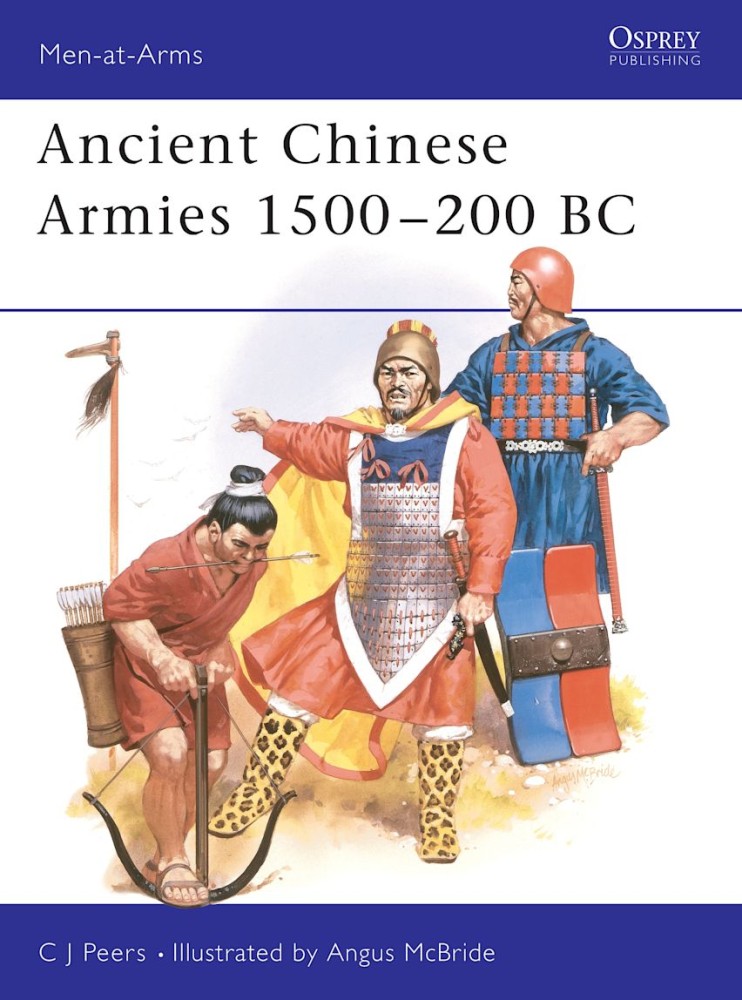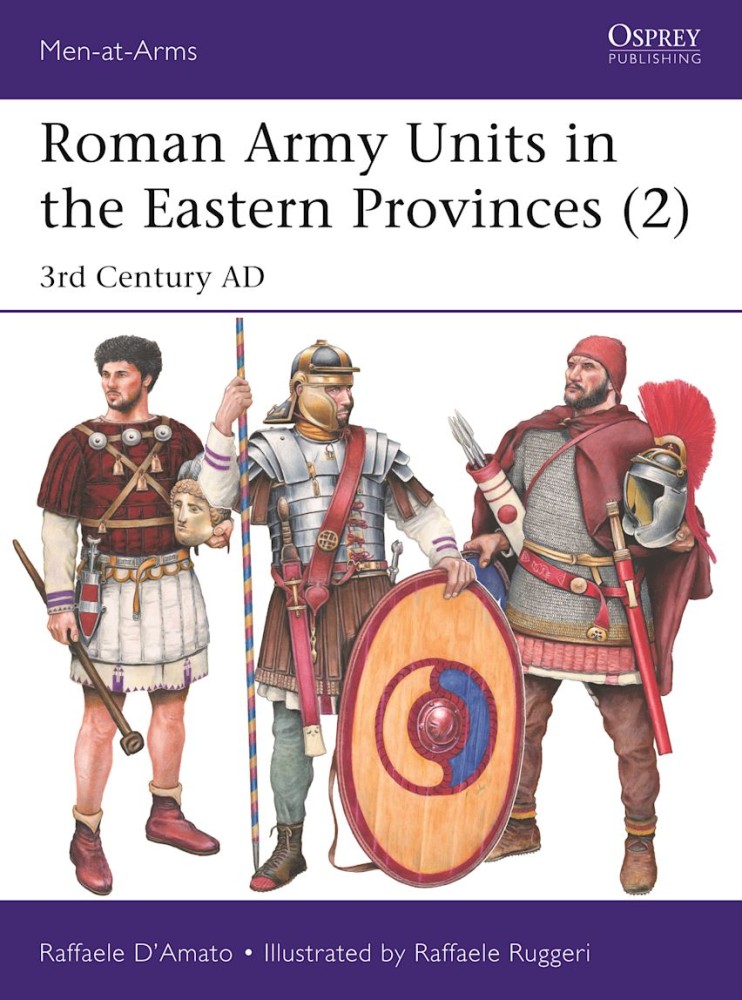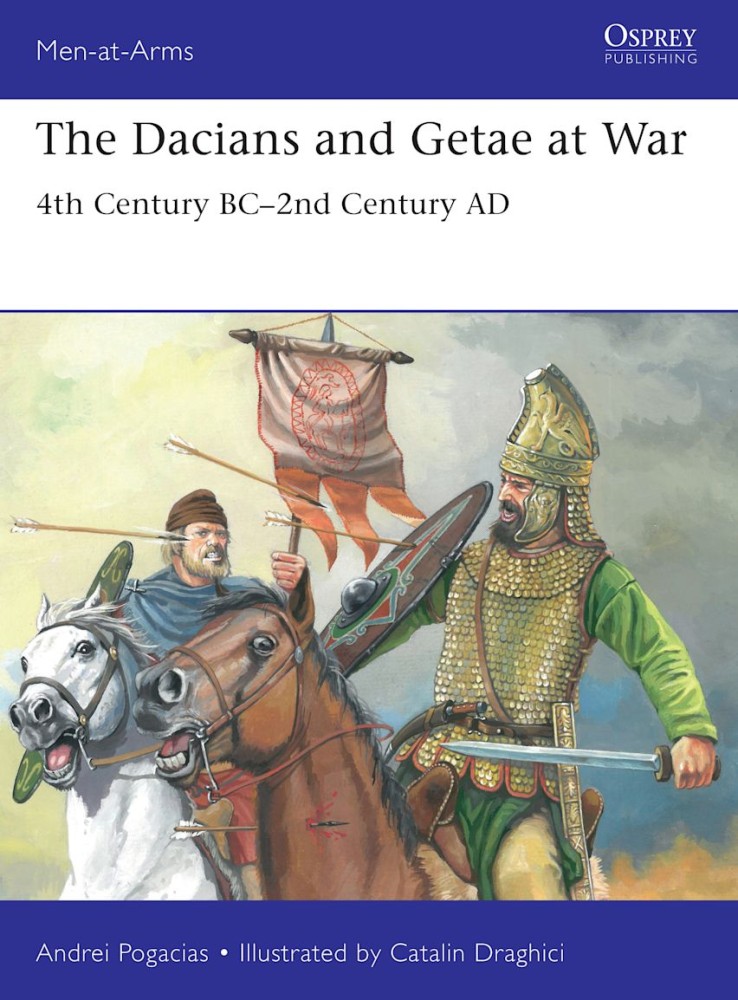By the 15th century BC the valley of Hwang Ho was dominated by a palace-based military caste which owed its supremacy to a monopoly of bronze-working techniques among a still mainly Stone Age population. To the Shang Dynasty, war was a means of legitimising the power of their new aristocracy. This fascinating volume by C. J. Peers covers the period of China's history from the first documented civilisation to the establishment of an enduring unified empire, examining the history, organisation, uniform and weapons of ancient Chinese armies.
Drawing upon the latest literary and archaeological research, this is an in-depth study of the Roman Army units based in the Eastern Provinces during the turbulent third century of the Roman Empire.
In this book, eminent Roman historian, Dr Raffaele D'Amato, looks at the notoriously under-represented history of the Roman armies during the middle 3rd Century whose records have been obscured by the chaotic civil wars of that period between usurpers to the Imperial authority of Rome. Following on from the previous title, MAA 527, Roman Army Units in the Western Provinces (2): 3rd Century AD, this book considers the evidence for troops in the Eastern half of the Empire specifically around the Balkans, Mesopotamia, the Middle East and North Africa and looks at the weakness of Imperial central authority which inevitably led to local particularism and a wide range of appearance in regional commands.
Dr D'Amato uses literary, painted, sculptural and archaeological sources to reconstruct this little-understood period of Roman military history and, with the aid of meticulous coloured artwork, photos and detailed charts, reconstructs the appearance and campaigns of the Roman forces stationed in the East.
This intriguing book describes the Romans' formidably warlike enemies in modern Romania and Bulgaria their 'most illustrated' opponents, thanks to friezes on Trajan's Column and carvings on Trajan's Adamklissi monument.



